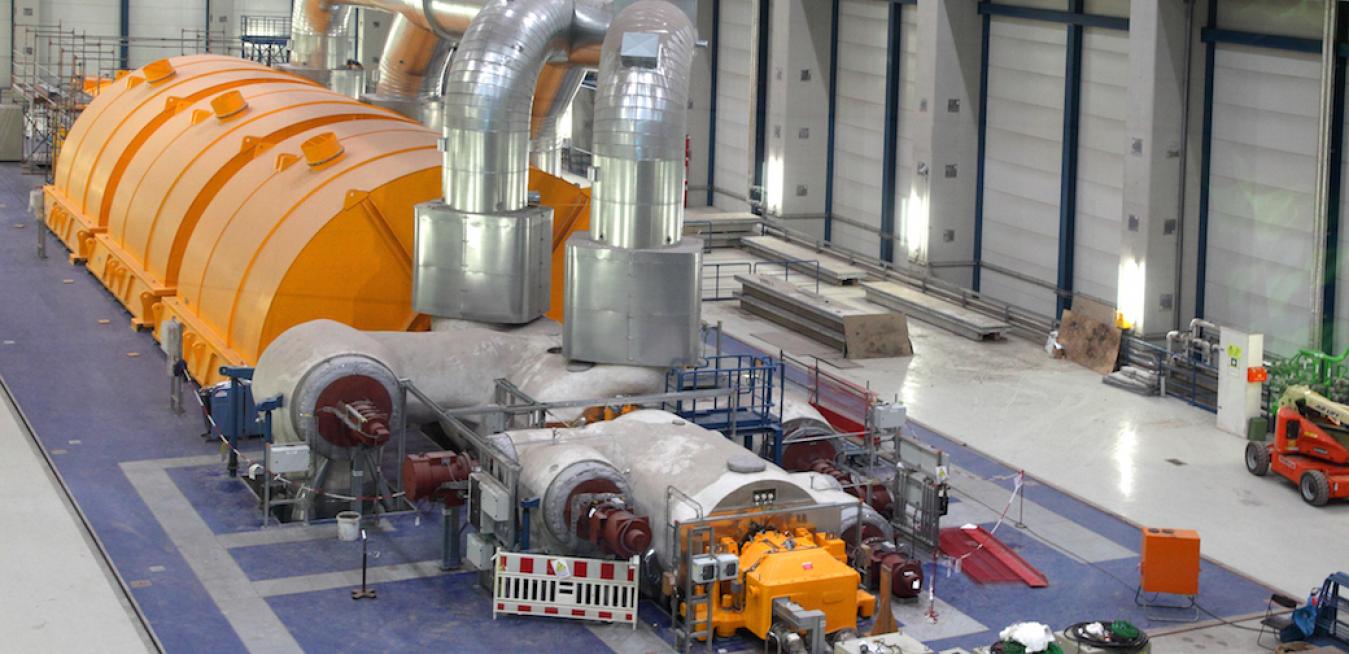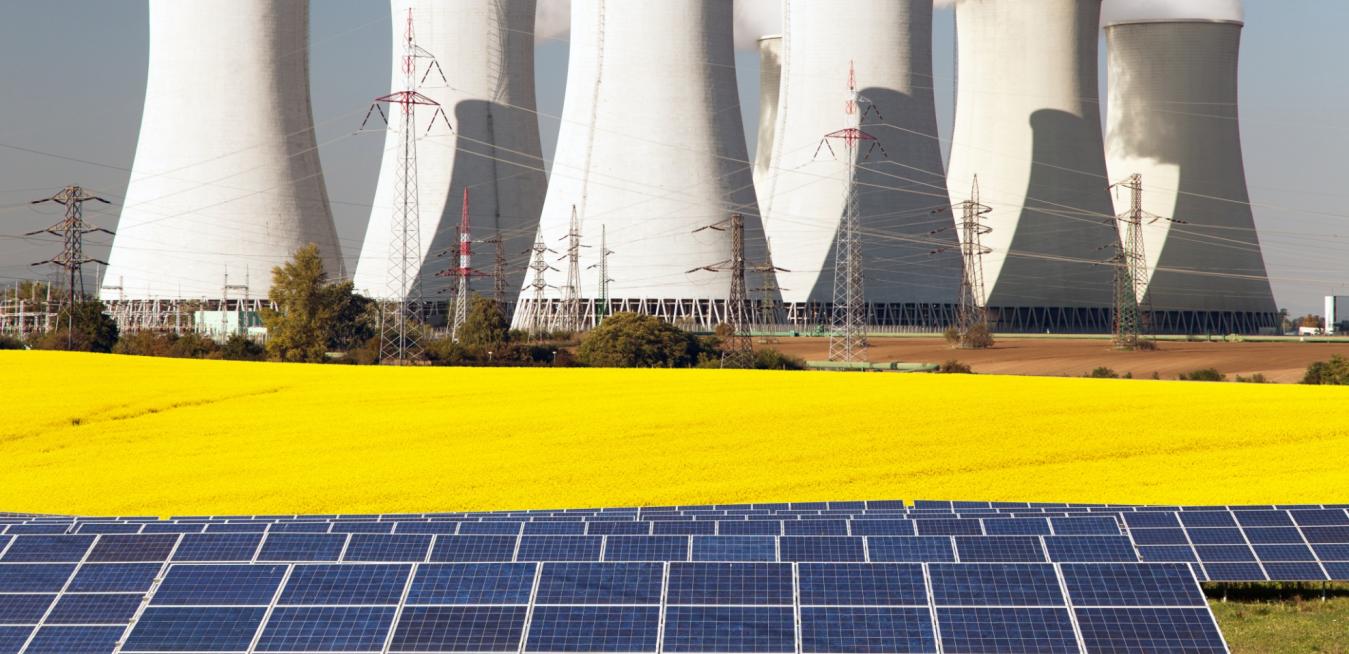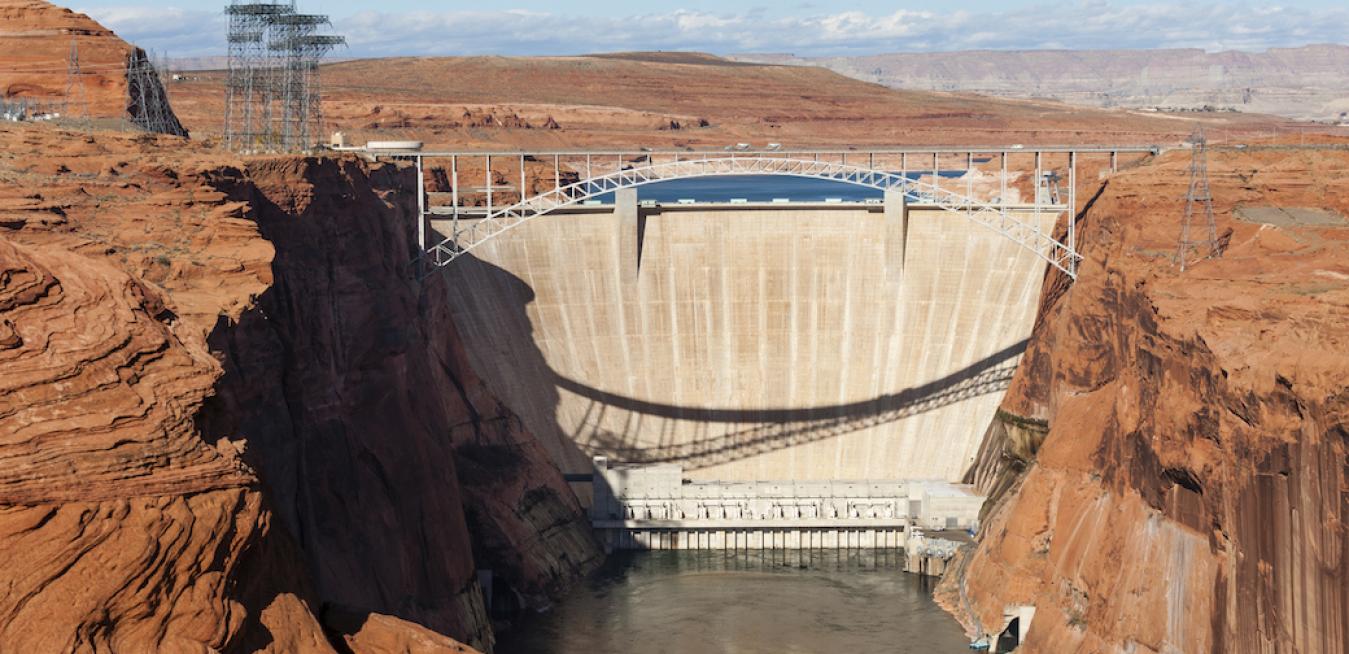For the oil & gas industry, collaboration means competitiveness in tomorrow’s low-carbon reality.
The future of energy is heavily dependent on the collective ability — and determination — of the oil and gas industry itself to evolve and stay competitive in tomorrow’s low-carbon reality.
And to stay competitive — over the longer term — we need to drive simplification, standardization and productivity, but also radical innovation. The challenge is too large for any one company to tackle alone.
Spending on trade facilitation needs to focus on megacities.
As corporations have built giant global supply chains around the world, governments have done their share, reducing tariffs and other trade barriers impeding market access of goods and services. Although the implementation of the WTO’s historic Trade Facilitation Agreement (TFA) will significantly help undo bottlenecks at national borders — promising to free up more than $1 trillion in global GDP — a growing challenge in the movement of trade remains: cities.
Advances in LED technology are making lighting cheaper and smarter.
The LED is finally getting its day in the spotlight. More than 40 years after GE engineer Nick Holonyak invented the first LED light, innovations have transformed the technology from a humble source of lighting to a driver of energy efficiency and analytics.
The digitization of manufacturing is transforming entire industries. Here are five takeaways from a workshop on how U.S. regional economies can support the development of an ecosystem that brings together hardware and software.
Data privacy and security don’t have come at the expense of innovation or economic growth — they’re instrumental in driving both.
How can we maximize the good that can come from the responsible use of data, while minimizing the inherent risks of data to privacy and security? This is one of the central questions of our time in an age increasingly driven by big data.
Overlooking nuclear energy as part of America’s clean energy strategy would be tantamount to unilateral disarmament.
Clean, green and reliable — these should be the core elements of our nation’s energy policy in the 21st century and beyond. Accepting any lesser criteria will hinder our efforts to reduce carbon pollution and provide clean air for all Americans to breathe. That’s why we cannot afford to lose the most important tool in our clean energy arsenal: carbon-free nuclear energy.To attract the trillions of dollars needed in infrastructure investment to fuel global growth and create jobs, we need better information about what’s working and why.
The water-energy nexus presents a growing challenge for many parts of the world. We need collaboration among the public and private sector to come up with creative solutions to resource scarcity.
Instead of living in fear of uncertainty in oil markets, we must think creatively and collaboratively to change the future of the industry.
I won’t be the first oil executive to tell you that we live in a time of great uncertainty. The most visible indicator of that uncertainty is today’s low oil price and the impact that is having on our industry: on investment, on jobs, on our employees, their families and communities.














